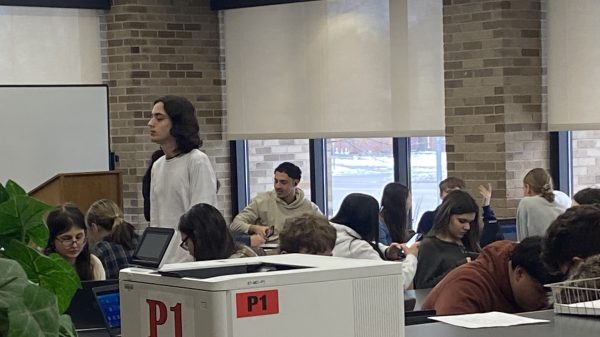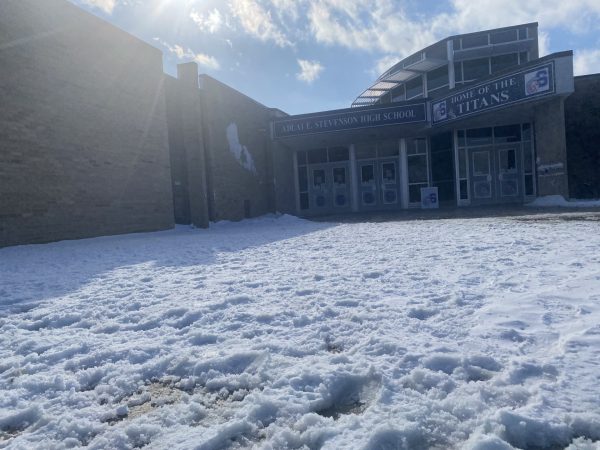Should we return to face-to-face learning?
COVID-19 has brought school to students’ houses, causing problems for districts, parents and students alike. The pandemic is changing American education.
Across the globe, students have been shut indoors facing the difficulties that come with online learning. According to U.S News article, “Tackle challenges of online classes due to COVID-19,” (May 4) by Jordan Friedman, “Technical issues, distractions and time management, staying motivated, understanding course expectations, lack of in-person interaction and adapting to unfamiliar technology as reasons students find online learning to be more difficult than face-to-face learning.”
Common distractions at home are amplified for students when they can easily avoid classes, as all they need to do is show up to class. Students rarely must put their cameras on in class, allowing for many to do other activities. School feels all too boring when looking towards a screen. Unless the content is engaging, most students browse social media or play video games rather than listen in on how to do their homework assignments.
Being in a classroom has a sort of stigma that motivates students to work harder that online classes lack. According to an EducationWeek article, “How effective is online learning? What the research does and does not tell us,” (March 20) by Susanna Loeb, “Being in person with teachers and other students creates social pressures and benefits that can help motivate students to engage.”
Incase a student falls behind; they can easily ask for help from their peers in the classroom. Online school has put a monitor in front of every student, allowing for students to easily avoid social pressures and social situations that would benefit them greatly.






